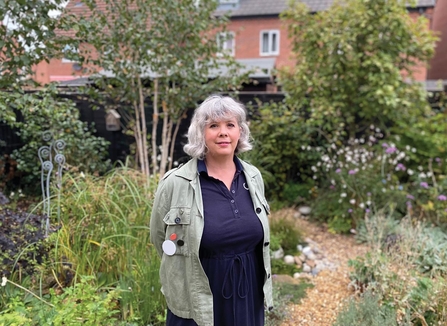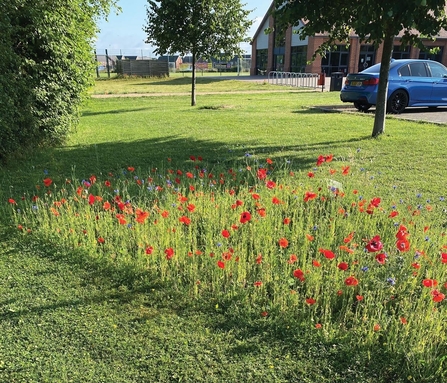We are in the middle of a climate and nature emergency, and the two are linked. Climate change is driving nature’s decline, and the loss of wildlife and wild places leaves us ill-equipped to both reduce carbon emissions and adapt to the changes we’re now facing. Simply speaking, one cannot be solved without the other.
When human activities produce greenhouse gases, approximately half the emissions remain in the atmosphere. The other half is absorbed by the land and ocean. Natural spaces rich in diverse wildlife are essential for limiting carbon emissions and adapting to an already changing climate.
When in a healthy state, our natural habitats can reduce the risk of flooding. They can help prevent coastal erosion, can improve people’s health and wellbeing, as well as helping to maintain healthy soils and clean water. A healthy habitat also helps protect the pollinators we need for our crops. Therefore, our natural spaces and wildlife help to sustain us.
Whilst many of us have a limited ability to manage and restore forests, peatlands, marshes and swamps, or ocean habitats such as seagrasses and mangroves, which can take carbon dioxide out of the atmosphere, we can make small changes which have a big impact. Wildlife gardening is a great way to work in our gardens and community spaces to bring wildlife back and help combat climate change.
Dionne, in Warwickshire, a finalist for BBC Gardeners’ World Garden of the Year competition, has started to do just this.


